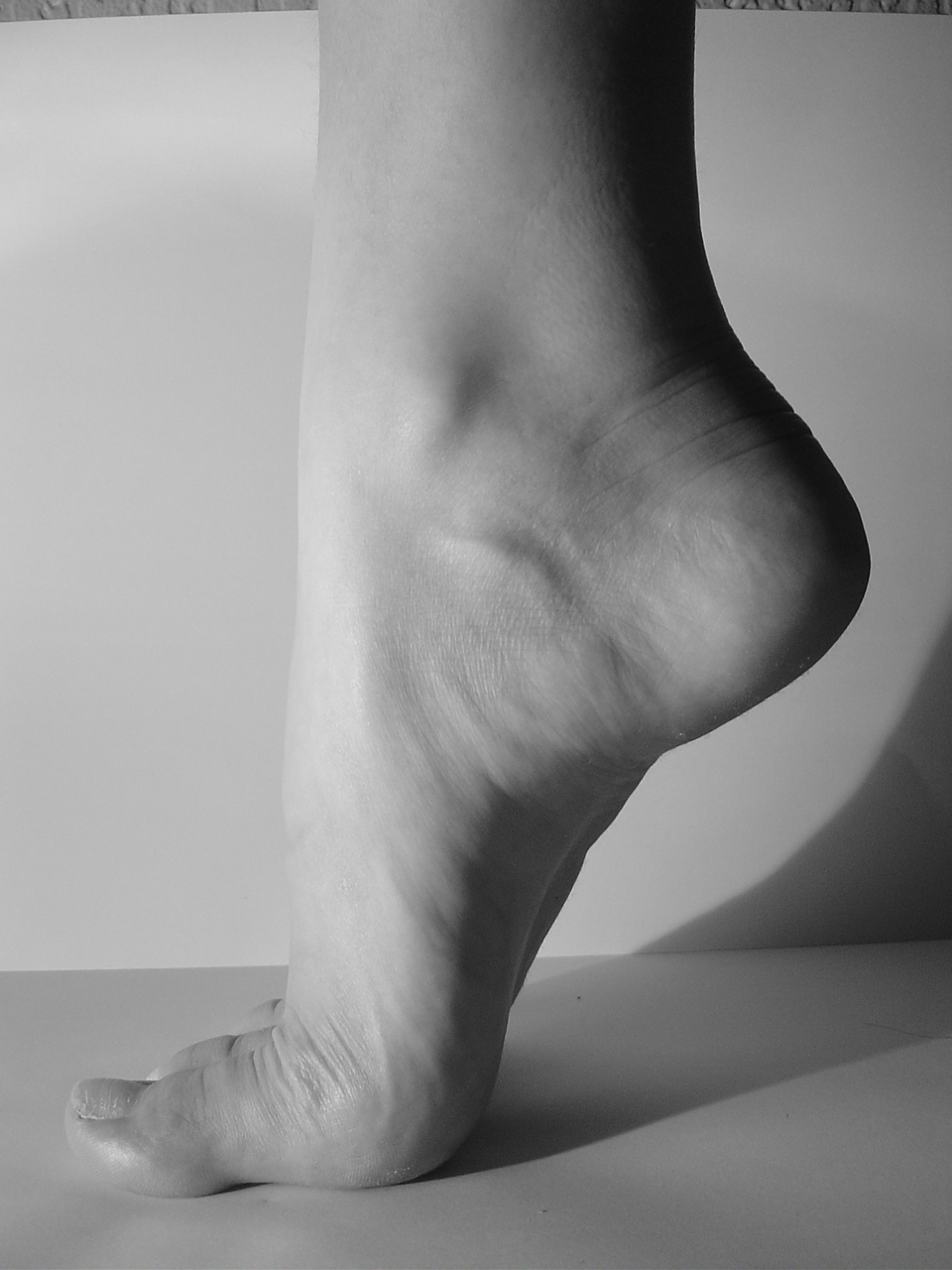
We’ve talked about the feet being the first place to check when assessing dysfunction. The foot arches are the key structures in the foot that maintain strength. If the small muscles in the foot can’t maintain the integrity of your arches, the foot becomes weak, creating a weak base of support for the rest of the body.
An easy way to assess the strength of these muscles is to spread your toes apart. If you can spread the big toe from the other toes without moving it up or down it demonstrates good strength in the abductor hallicus muscle, a key muscle in supporting the arches of your foot. Weakness in this muscle is fairly common, because we rely on shoes to support our feet instead of the small muscle of the foot. The difficulty is that most shoes, especially those with a more narrow toe box and raised heel, give less room for our toes to move, further limiting the activity of these muscles.
Although this is a fairly easy way to assess the strength of the abductor hallicus muscle, weakness can mean a variety of things. In order for this muscle to work properly, it must have good support. For example, the peronial muscles that come down the outside of the leg must be able to support the base of the big toe in order for the abductor hallicus muscle to move the toe properly.
If you can’t separate your big toe, don’t panic! Keep working on it. You just haven’t developed the motor pattern yet because your body has not used this muscle in this way enough for you to unconsciously remember it. When we are wearing shoes all day, there is a limit to the amount of movement that our big toe has. If we walked around barefoot all day, everyday we would naturally have more strength and control in these muscles. It may be frustrating, but you must keep trying to separate your big toe. It may seem impossible but one day it will just happen. As you keep working on it, you will develop more strength and consistency. The most important part of regaining the ability to spread you toes is building the connection with your brain to the muscles in your feet that need to be activated.
This exercise has much greater implications than just making a small muscle in your foot stronger. When these muscles are stronger they stabilize the arches in your foot. The arches help us in shock absorption, which reduces stress on the knees, hips and low back. This shows the importance of how the foot is the foundation to a healthy body.
How to perform a toe spread
It may seem easy and rudimentary, but more people than you may think have some difficulty doing this exercise. When we are wearing shoes all day we don’t use theses muscles and our body takes a ‘if you don’t use it you loose it’ approach to the muscle.
- Step 1:Start in a standing position with both feet flat on the floor.
- Step 2: Try to lift all of your toes on both feet off the floor while keeping the rest of your foot stationary.
- Step 3: With the toes lifted, try to spread them apart as much as you can. Pay special attention to the big toes. Initially you may not see much movement of the big toe inwards. If not, keep trying. You just haven’t developed the motor pattern yet.
- Step 4: Keeping your toes spread place them back down on the floor. Relax and repeat 20 times.
- Step 5: Once you become proficient at spreading all 10 toes you can progress to spreading them without lifting your toes first. Eventually with practice you should be able to isolate the movement of the big toes.
For more information contact your North York Chiropractor at 647-504-4213 or visit us at arc-health.com.

